L. Elfgren, Surendra Shah041236980X, 9780412369803, 9780203626764
Table of contents :
Book Cover……Page 1
Half-Title……Page 2
Title……Page 4
Copyright……Page 5
Dedication……Page 6
Contents……Page 8
Participants and contributing authors……Page 10
Preface……Page 12
3 THE STRIP METHOD……Page 13
4 FRACTURE MECHANICS……Page 16
5 BIBLIOGRAPHY……Page 18
PART ONE BEHAVIOUR OF CONCRETE……Page 27
INTRODUCTION……Page 28
SIMPLIFIED LEFM ANALYSIS……Page 29
Free rotating specimen boundaries……Page 31
DISCUSSION AND COMPARISON WITH EXPERIMENTAL RESULTS……Page 32
CONCLUSIONS……Page 35
REFERENCES……Page 36
INTRODUCTION……Page 38
Specimens and materials……Page 39
Load-paths investigated……Page 40
EXPERIMENTAL RESULTS……Page 41
Tensile shear at constant crack-opening (load-path 1)……Page 42
Compressive shear with normal confinement (load-path 3)……Page 43
Shear stiffness reduction……Page 44
CONCLUSIONS……Page 45
REFERENCES……Page 46
2 Mixed mode according to the fictitious crack model……Page 48
3 Testing arrangement……Page 49
4 Mixed mode tests……Page 50
5 Discussion……Page 51
REFERENCES……Page 53
INTRODUCTION……Page 61
Fracture Mechanics Based Study……Page 62
FINITE ELEMENT ANALYSIS……Page 64
EXPERIMENTAL RESULTS……Page 66
Crack Propagation Criterion……Page 67
Effect of Crack-Face Tractions……Page 70
CONCLUSIONS……Page 72
References……Page 73
1 General……Page 75
2 Thermal stress analysis……Page 76
3 Model……Page 77
4 Theoretical computations……Page 82
5 Discussion……Page 84
6 References……Page 86
2 The Grain Model……Page 91
3.1 The disk model……Page 92
3.2 Probability formulation……Page 94
3.2.1 Distribution law—Disk Diameter……Page 95
3.2.4 Distribution law—effective roughness……Page 96
4 Stress crack width relation……Page 97
5 Application and Results……Page 98
6 Conclusions……Page 99
References……Page 100
PART TWO STRUCTURAL MODELLING……Page 101
1 INTRODUCTION……Page 102
2.1 Asymptotic properties of cohesive crack models…….Page 103
2.2 Maximum load size-effect……Page 106
2.3 Specific fracture energy concepts……Page 108
3.1 Comparison procedures based on the maximum load……Page 111
Reference model: Cohesive crack with quasi-experimental softening……Page 113
Cohesive crack model with linear softening……Page 114
Bazant’s Size-Effect law……Page 115
Shah’s Two-Parameter Model……Page 116
3.3 Behaviour for large sizes……Page 117
4.1 Experimental programme……Page 119
RILEM or average energy method and the perturbed ligament method……Page 122
Shah’s two parameter model……Page 123
4.3 The results for fracture parameters following size effect fitting……Page 124
4.4 Summarizing the evaluation of experimental results……Page 125
References……Page 127
1 Introduction……Page 129
2 Calculation of tangential stiffness matrix……Page 130
References……Page 132
1 Introduction……Page 133
2 Theoretical model……Page 136
3 Specimen preparation and testing procedure……Page 140
4 Experimental results and discussion……Page 143
5 Conclusions……Page 146
References……Page 149
OPTIONS IN ABAQUS……Page 150
Anchor bolt……Page 151
Bridge tests……Page 152
REFERENCES……Page 153
2 Characteristic examples of faulty design……Page 156
2.2 Reentrant corner at the heel of the dam……Page 157
2.4 Inadequate treatment of the dam foundation area……Page 158
3 Consequences of analytically non detectable cracking initiation (what if…)……Page 159
REFERENCES……Page 163
PART THREE BENDING……Page 164
1 Introduction……Page 165
2.1 General……Page 166
2.2 Concrete in uniaxial compression……Page 167
2.3 Concrete in the compression zone of a beam……Page 168
3.1 Balanced reinforcement ratio……Page 169
3.2 Strength of over-reinforced beams……Page 170
4 Determination of material properties……Page 171
6 References……Page 172
Results……Page 173
Discussion……Page 174
1 Introduction……Page 178
2.1 Criterion of Walther [1]……Page 179
2.3 Criterion of Mohr [2]……Page 180
2.7 Summarizing……Page 181
3 Absorbable shear force in the compressed zone of a beam with rectangular cross-section……Page 183
4 Experimental program……Page 185
6 Conclusions……Page 187
References……Page 188
Discussion……Page 189
PART FOUR SHEAR, BOND AND PUNCHING……Page 190
1 Introduction……Page 191
2 Test program and test specimens……Page 192
3.1 Maximum load and fracture energy……Page 193
3.2 Failure modes……Page 195
References……Page 196
1 Introduction……Page 199
2 Use of epoxy in load bearing structures……Page 200
3 Methods to strengthen concrete structures with steel plates glued to its tension side……Page 201
4 Experiences from tests with concrete beams strengthened with resin bonded steel plates……Page 202
5 Experiments performed at Luleå University of Technology……Page 203
6 Theoretical investigations……Page 206
REFERENCES……Page 208
2 Modelling of a bond line……Page 209
4 Fracture energy……Page 210
5 Normalized constitutive relation……Page 211
6.1 Test method……Page 212
6.2 Test results……Page 213
7 Brittleness ratio and strength function for joint……Page 215
8 Strength of lap joints……Page 216
9.1 Joint specimen for testing pure shear……Page 217
9.2 Test result……Page 218
10.1 Discussion……Page 220
10.2 A test……Page 221
References……Page 222
2 Scope of research……Page 223
3 Experiments……Page 224
4.1 Failure mechanism……Page 225
4.2 Penetration versus porosity……Page 227
5 Normalization of results……Page 229
6 Concluding remarks……Page 230
References……Page 231
PART FIVE ANCHORAGE……Page 232
The Pull-out Test……Page 233
Anchor Bolt Design……Page 246
Conclusion……Page 252
REFERENCES……Page 253
ACKNOWLEDGEMENT……Page 257
2.1 Materials and test specimen……Page 266
3.1 Crack patterns……Page 268
3.2 Load-displacement curves…….Page 269
3.3 Peak loads……Page 270
4.1 Finite element model……Page 271
4.2 Input data for the calculations……Page 272
5.1.1 Influence of fracture energy……Page 273
5.1.2 Influence of tensile strength……Page 274
5.1.4 Influence of embedment depth……Page 275
5.2 Brittleness number for the pullout specimen……Page 276
5.3 Dimensionless diagram……Page 278
5.4 Comparison with the laboratory tests…….Page 281
8. References……Page 282
INDEX……Page 284
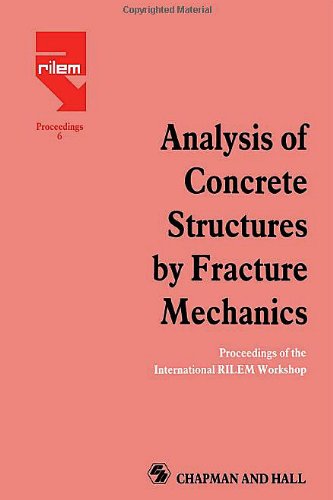

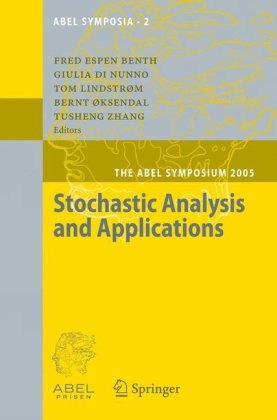
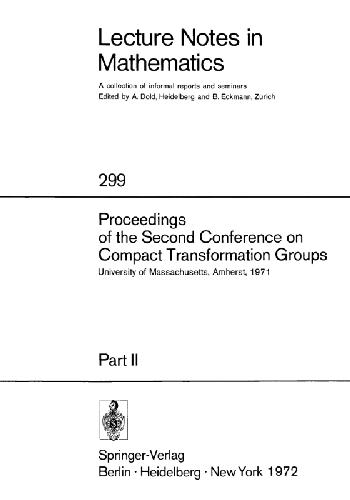
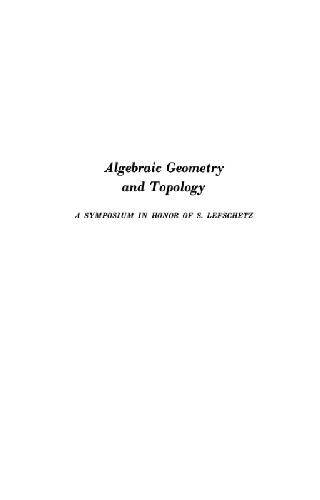
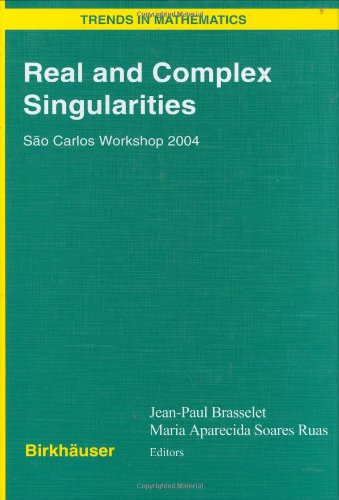
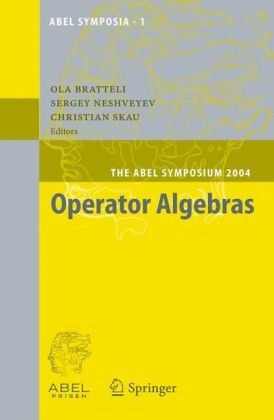
Reviews
There are no reviews yet.